What is our purpose? Who do we serve? What drives us?
As society shifts its view of businesses from engines of profit to engines for good, more and more organizations are soul-searching for a purpose. Over the past decade, the move toward stakeholder capitalism has changed how businesses see themselves and define concepts like value, growth, and success and also how they ultimately define their company’s mission, vision, and values.
The pandemic and its aftermath have turbocharged this shift and changed how people view work. Expectations are higher than ever, and businesses that do not place purpose at the forefront risk falling short.
The era of businesses that exist solely to generate shareholder value is over. Today, success demands purpose. And purpose-driven organizations build unity, loyalty, and ownership by delivering on that promise.
Why do you need a why?
Now, more than ever, businesses need a why?. A compelling mission, a clear vision, and a well-defined set of values are essential for navigating an environment where change happens at lightning speed and success is increasingly defined by what an organization adds to the lives of the people that support it instead of its balance sheet.
Businesses that deliver on a mission and a purpose stand to reap huge rewards—especially in the long term. Studies, surveys, and anecdotal evidence consistently demonstrate that organizations that put purpose at their core enjoy better business performance, more engaged workforces, and more loyal customers.
But, more than generating business value, purpose is about unlocking human potential. From the C-suite to the frontlines, people are increasingly looking to their jobs for meaning—they want to contribute to a greater good and assurance that their efforts are not meaningless.
“How am I going to grow shareholder value? Is that the last thing anyone thinks when their heads hit the pillow?” asks Tom Schlick, Operational Consultant & Coach at CO2, “Is that why we get out of bed every morning? No! Nobody does that.”
The journey toward shaping that purpose starts with defining a mission, a vision, and a set of values. Together, these elements make up your organization’s North Star—your ‘why.’ The answer to that ‘why.’ will affect everything from its ability to attract high-quality talent and generate business to its long-term success in an increasingly fast-paced and highly-competitive market.
Recommended Reading: CO2’s Guide to Corporate Purpose
Finding your superpower
An organization’s purpose is the sum of its mission, vision, and values. These elements act as a compass for goal-setting, action, and decision-making. The mission references the present. It describes what’s most important for the organization, what it does, and who it serves. The vision is about the long-term goals—where the organization is going and what it would like to achieve. The values are the moral compass for the organization. These are the building blocks of organizational culture and set the bar for how employees should conduct themselves.
There’s no definitive method to create an organization’s mission, vision, and values. For a founder-led startup, the exercise may be as simple as transcribing the goals and personal values of its CEO. A long-established corporation may choose to go back in time and rediscover the values and purpose that initially inspired its founders. Another may choose to look forward and reimagine how its business fits in a changing world.
Regardless of the path you choose, at CO2, we believe that—to act as a catalyst for growth and drive genuine enthusiasm—an organization’s mission, vision, and values must be rooted in what it does. More precisely, they must connect to what it does best—its “superpower.”
Identifying that superpower requires taking a long hard look at your organization’s history, goals, people, and capabilities.The answer to purposeful questions can help distill the essence of your vision and the values that should guide it:
- What do we bring to the market that others don’t?
- What can we do better than anyone else?
- What do we need to do more of?
- What do we need to eliminate?

“Your purpose and capabilities should intersect with market needs,” says Lisa Flanary, Executive Coach at CO2. “If the center of that Venn diagram is financially viable, that’s what you should be moving toward. That’s your vision.”
Once you’ve identified that superpower and where it stands in the marketplace, you can connect it to a higher purpose through your mission, vision, and values—why you show up every day.
How To Communicate Your Company Purpose to Inspire Action
A new age of purpose
As people demand more from businesses, leaders must heed the call for purpose and take ownership of greater responsibilities. The past decade has marked a swift break with the notion that companies have no greater duty than that to their shareholders and no aim beyond generating profit.
Value is now intrinsically linked to purpose. This link makes the journey to defining it a pivotal moment in your organization’s life.
“You have to treat shareholder value as a result, not a goal,” adds Schlick. “It’s the result of something that’s more tangible and that people can identify with.”
The difference between a forgettable statement and one that drives growth and inspires action will lie in how you translate your material purpose into something that connects with people. Discovering a purpose is one of the most important duties of modern leaders. Contact CO2 Partners to learn how we can guide you on the journey to defining your mission, vision, and values.



